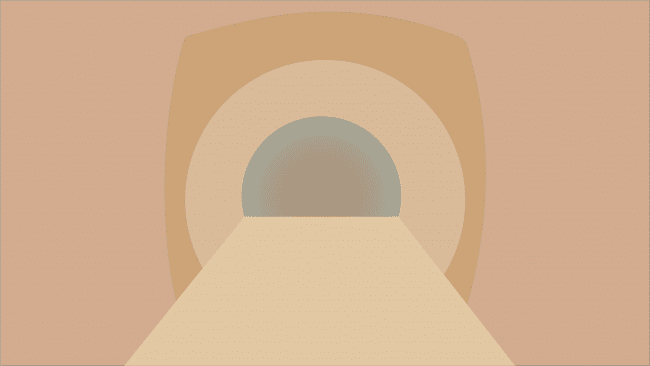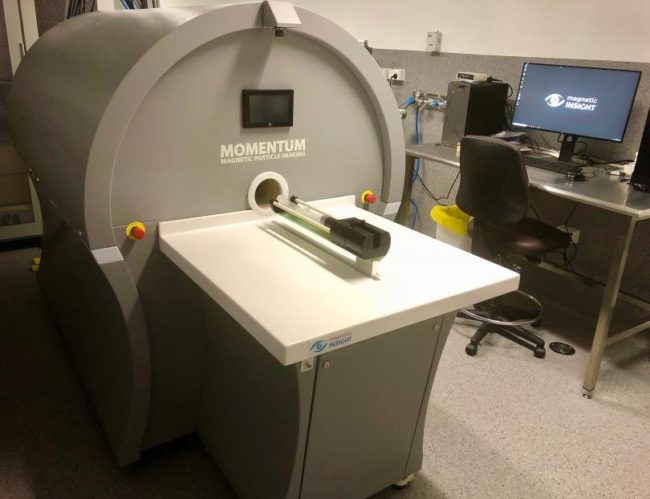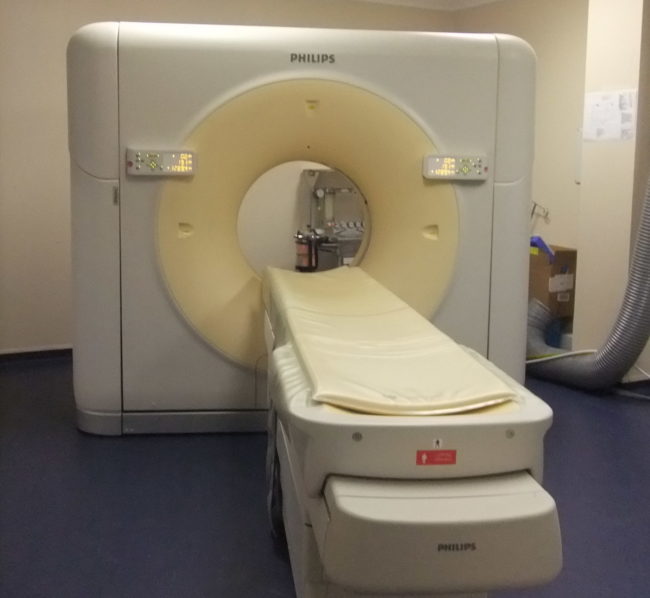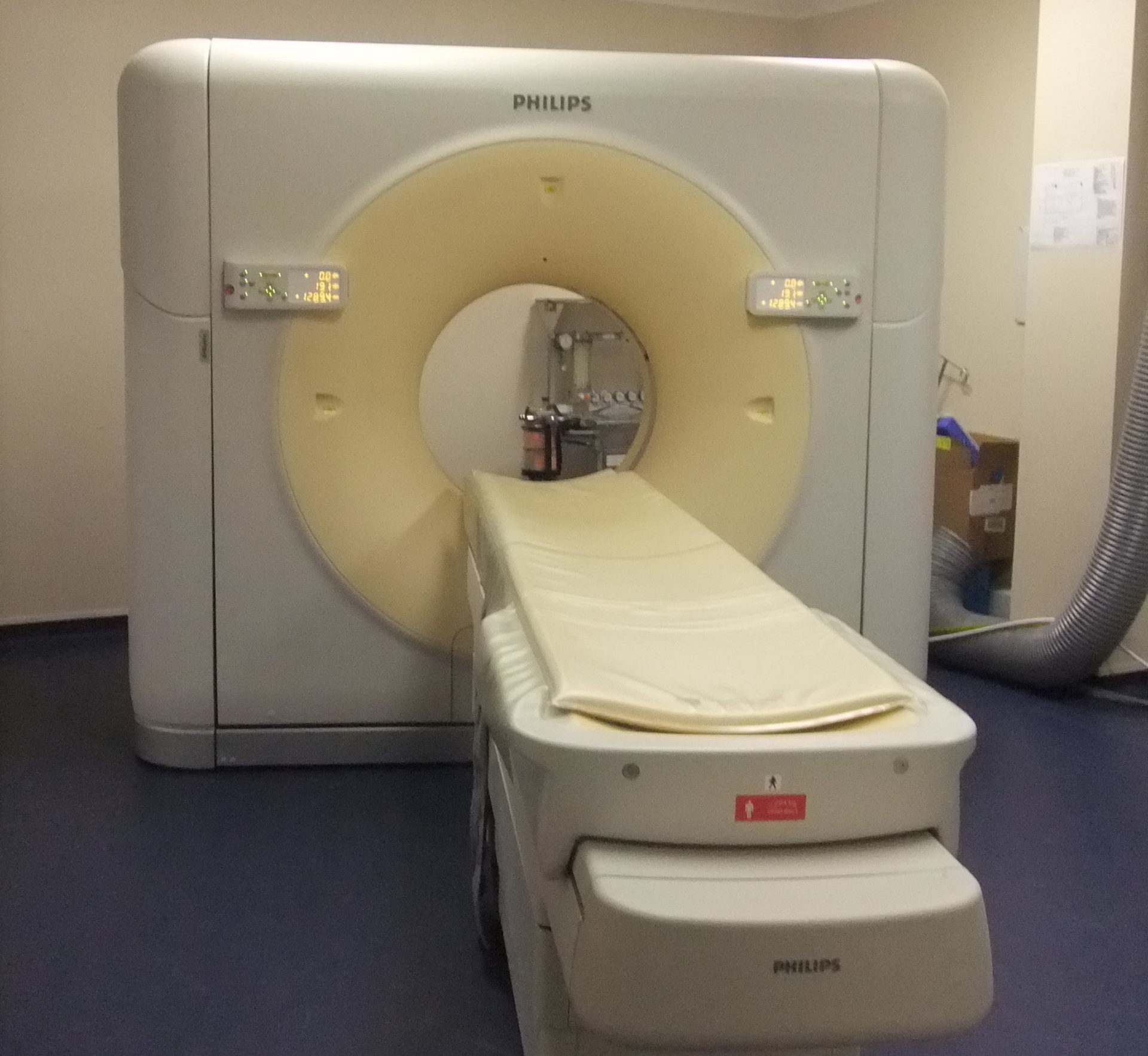Mediso PET/CT Monash
Mediso PET/CT
The Mediso Nano PET/CT, located at the ARAMBI site, provides a high-precision gantry for exact alignment of PET/CT data. The gantry bore opening is 16 cm and accommodates imaging of mice, rats and rabbits with interchangeable beds and radiation shields. Mediso’s gating package (respiratory & cardiac/ECG) is available for optimal image quality. A complete 360° PET detector ring consisting of 12 modules provides the ultra high resolution and sensitivity, with the reconstructed resolution in the centre of the field of view being less than 1.0 mm.
Image reconstruction is achieved with a fast, iterative and 3D real / post Tera-Tomo™ PET engine using 3D OSEM (Ordered Subset Expectation Maximization) protocols. PET and/or CT scanning can extend up to 300 mm in the axial direction by automated translation of the bed for whole body imaging, with a transaxial range of 45-125 mm. Real time reconstruction of CT data can achieve voxel sizes in the range of 13-37 micron.
Co-registration of PET with CT volumes
Low-dose protocols (<50 mGy / 3 min scan)
Longitudinal rodent studies
Imaging chambers with integrated animal support





















